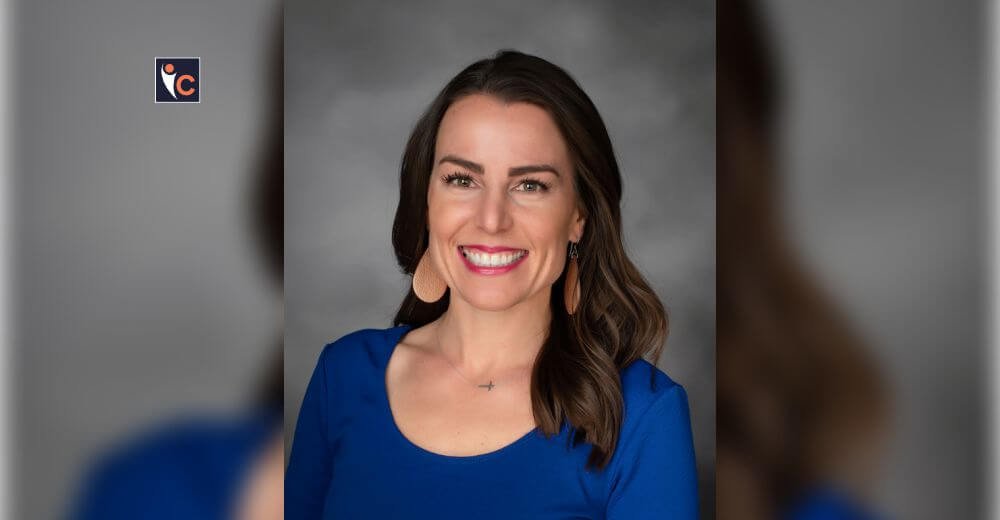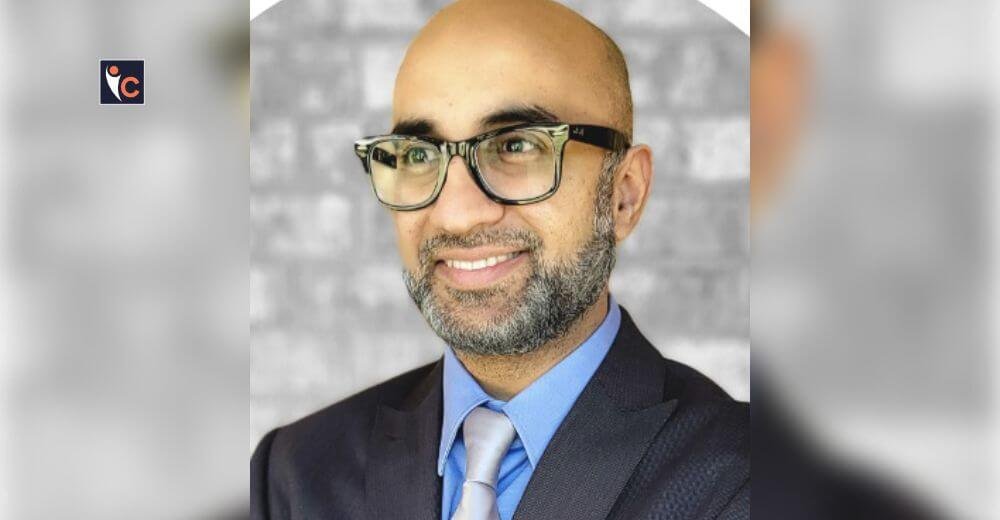Kelly Augspurger, a distinguished Long-Term Care Insurance Specialist, has emerged as a leading advocate for long-term care (LTC) aka extended care planning. Alongside her husband, Adam Augspurger, she co-founded Steadfast Insurance LLC in 2019, a firm dedicated to providing comprehensive insurance solutions. While Kelly specializes in extended care planning and LTC insurance, Adam focuses on property and casualty (P&C) insurance, creating a well-rounded approach to financial protection for their clients.
Kelly’s journey into extended care and LTC insurance was deeply personal. Memories of her grandparents’ struggles with extended care, without financial planning or insurance, left a lasting impact. A pivotal conversation with a mentor ignited her passion for LTC, leading her to extensively study the industry and earn three respected designations: CLTC® (Certification for Long-Term Care), CSA® (Certified Senior Advisor), and LTCCP® (Long Term Care Claims Professional).
Determined to raise awareness, Kelly shares her expertise through educational videos, speaking engagements, and her podcast, Steadfast Care Planning. As a CLTC® instructor, she also trains financial advisors on guiding clients through LTC planning. Together, Kelly and Adam have built Steadfast Insurance into a trusted resource, helping families navigate the complexities of long-term care and financial security.
Let’s delve into the interview details below!
In your experience, what are the most significant challenges healthcare providers face when it comes to long-term care insurance, and how do you address them?
Home care and facility providers need to be knowledgeable in submitting and navigating the LTCi claims process. Many of them don’t know what to do to before submitting a claim and how to effectively and efficiently navigate the claims process. I highly recommend these providers take a course like LTCCP (Long Term Care Claims Professional) so that their staff is well equipped. We are beginning to see a LTCi claims wave. Nearly 8 million Americans own LTC insurance. More than half of those policies (close to 5 million) were written between 1995 and 2005 and with 750,000 policies purchased at the sales peak in 2002. Since there’s dramatically low lapse-rates, less than 1%, nearly all of those policies are still in force, and are now hitting their peak claim 20 to 30 years later. If LTC care providers want to be prepared for clients who have LTC insurance, they need to know how to best navigate the claims process.
How do you see the role of long-term care insurance evolving in the healthcare sector over the next 5-10 years, especially with the aging population?
I foresee new carriers coming to the LTCi marketplace and carriers coming out with new creative solutions to better meet the needs and desires of policyholders. Hybrid policies (which combine LTC coverage with a death benefit from life insurance or cash value from an annuity) became more popular around 2010 and have continued to gain traction in the market. Hybrid policies can either only allow you to accelerate the death benefit for care or they can allow you to accelerate the death benefit for care and have an extension of benefits (an additional bucket of money for care beyond the death benefit). The latter will also typically allow you to add inflation protection, which is typically desired. Worksite LTCi has also become more popular, and I think that market will also continue to grow. Accessing LTC coverage through your employer will be a way that we can reach more people, as opposed to just using individual products. Worksite (employer) LTCi isn’t as customizable as individual solutions, but they have limited underwriting compared to individual solutions, and they’re portable when employees leave.
What do you believe are the most impactful trends in healthcare and insurance right now, and how is Steadfast Insurance positioned to address these?
A common trend in extended care is that most people prefer to receive care in their homes. If they want to safely age in place as long as possible, then their homes likely will need to be modified to some capacity. That could mean downsizing to a home with a bedroom and bathroom on the first floor, adding grab bars in bathrooms, installing or modifying a shower so it is older adult friendly, removing rugs, etc. Working with a home modifications professional who has a CAPS certification can be helpful. A common trend in LTC insurance are the hybrid solutions that I spoke about earlier. However, just because it’s a trend doesn’t mean it’s better than our traditional (stand-alone) insurance options; they’re just different. We offer all types of LTC insurance options and recommend coverage based on our clients’ health, preferences, ages, finances, family, etc.
What do you think are the key factors that make Steadfast Insurance stand out in the industry, and how does the company support you in making a positive impact in healthcare?
At Steadfast, we educate our clients on the plans and coverages that we believe will be the best fit for them based on their health, desires, family, finances, etc. and that will best protect their quality of life if a claim occurs. In addition to our recommendations based on our expertise, we have many educational resources including videos, podcast episodes, blogs, and pdf handouts to enable them to make an informed and confident decision. We have a very good online presence with our educational content which helps us standout and help consumers.
As one of the influential leaders in healthcare for 2025, what is your vision for the future of LTC insurance, particularly in terms of accessibility and affordability for individuals and families?
I anticipate worksite LTCi will grow in popularity, making it more accessible and affordable. I hope carriers improve underwriting by leveraging data and AI to streamline the process for consumers and agents. Modifying individual solutions to meet middle-market concerns and budgets is essential. Most Americans don’t know LTC insurance exists, so education is critical. A team effort among government, insurers, agents, and communities is needed to emphasize planning for extended care now. Identifying where care will be received, who will provide it, and how it will be paid for is crucial. We will continue creating educational content to help families plan effectively.
What advice would you give to young professionals or newcomers interested in pursuing a career in long-term care insurance or healthcare leadership?
For young professionals or newcomers looking to pursue a career in long-term care insurance (LTCi) or healthcare leadership, it’s important to understand that selling LTCi is not like selling other life and health solutions. To effectively sell it, you need to educate clients about planning for care, LTCi, and how Medicare, Medicaid, and VA benefits work because most are unfamiliar with it or have misinformation. Connecting with clients on a personal/emotional level and understanding their personal experience, family longevity, concerns, finances, and health history are important.
Thoroughly pre-screening their health before showing solutions is critical because underwriting is stricter than life and DI underwriting, and carriers have different guidelines. Many financial pros have clients unnecessarily declined because they didn’t properly pre-screen them and applied with the wrong company. Most don’t know what health questions to ask or how to navigate pre-screening, which is why they partner with me. I have a very high placement rate because I effectively engage them in the conversation and properly pre-screen their health.
As a CLTC® instructor, I train financial professionals on having LTC planning conversations. LTCi isn’t the entire extended care plan—it’s the funding source. If you want to get serious about helping clients with LTC planning, I highly recommend taking the CLTC Masterclass or Foundations class.
A Life-Changing Long-Term Care Plan: Jim & Kathy’s Story
Jim and Kathy were referred to us through their financial advisor. In their early 70s, they had always meant to plan for long-term care but never did. When they finally reached out, we discovered that Jim had significant health issues, making traditional LTC solutions unavailable. They wanted a joint policy to share benefits, but that wasn’t an option. Instead, we repositioned an existing asset into an annuity that immediately doubled their available LTC benefits. Jim and Kathy were thrilled that we found a solution to protect their family, leverage their money, and provide them with peace of mind.










